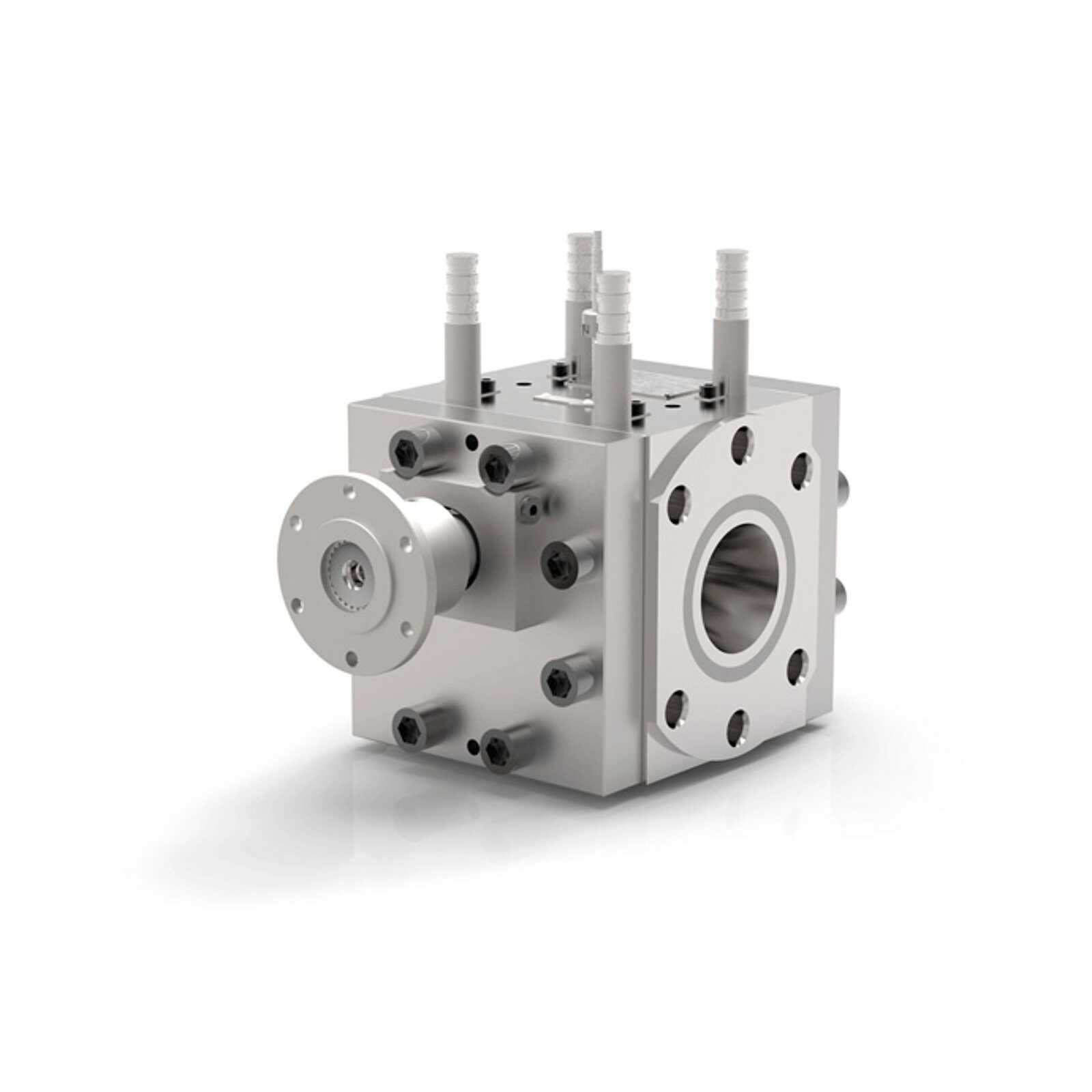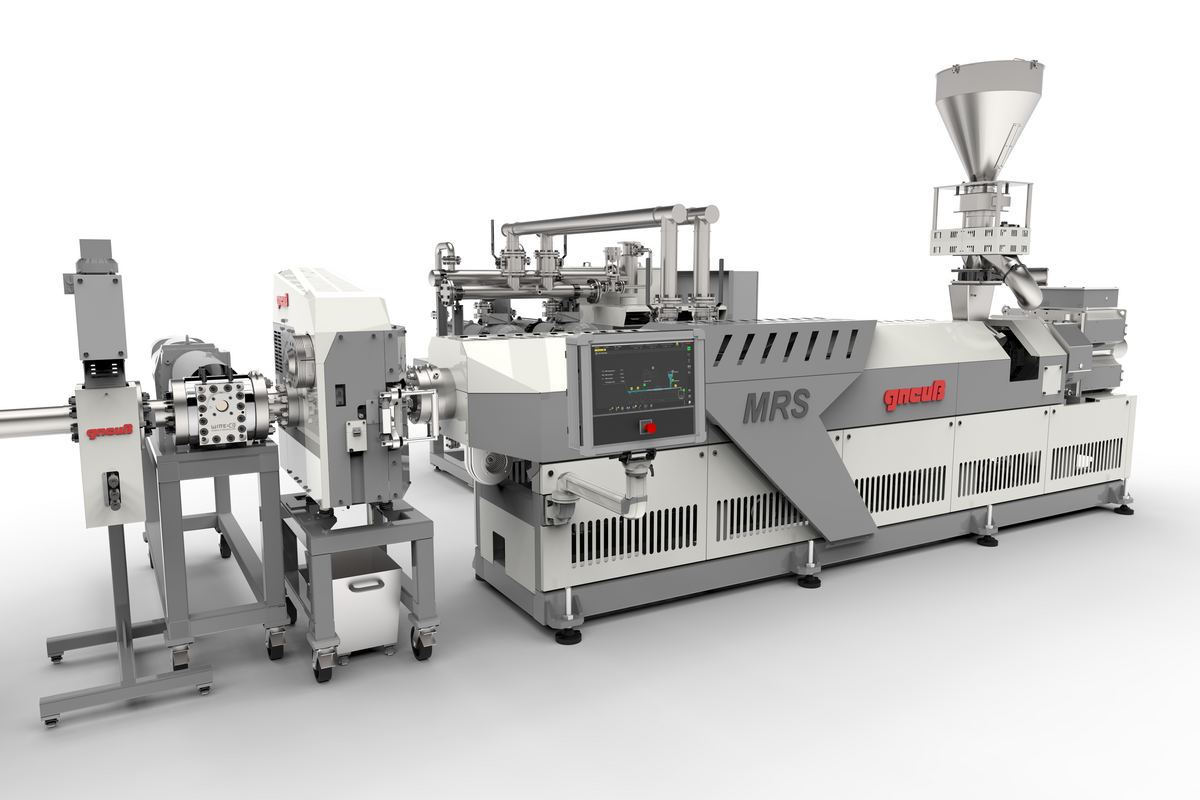Extrusion for the production of fibres
Synthetic fibres are used in a wide range of products. As fishing lines in the form of PE-UHMW fibres for the consumer sector, as nonwovens for the manufacture of clothing or as synthetic fibres in carpets, the fibres are used in many products. The fibres are versatile and extremely robust. The areas of application for fibres are just as versatile as the types. In the course of a rethinking towards circular economy, fibres are nowadays not only made from so-called virgin polymer, but also from recycled plastics.
For example, fibres are made from recycled PET bottles (PET post-consumer bottle flakes) in various production processes. In addition to the use of extruders, filters and degassing units, as well as various other process equipment, melt pumps are also used to increase the pressure. Depending on the process, the melt pumps are used upstream or downstream of the filter units. Upstream of the filter unit, they enable extremely fine filtration due to the high pressure.

